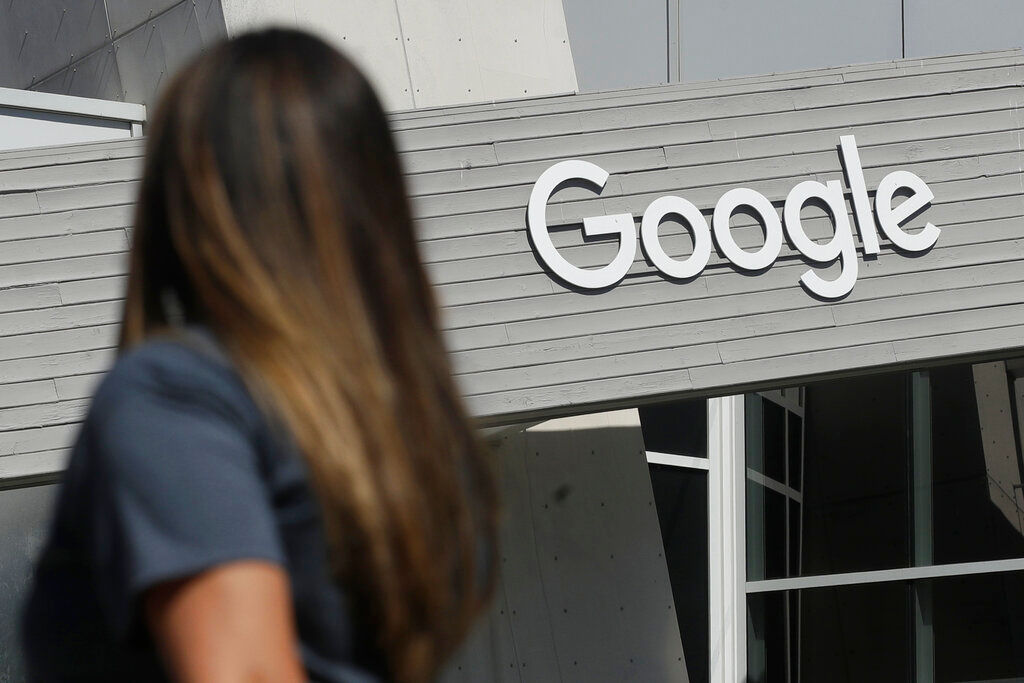Google, in an email sent to employees on Thursday, said that it is pushing back its return-to-office plan that was starting from January 10, 2022. This announcement comes as the threat of Omicron looms. Also, there is some resistance to company-mandated vaccinations.
Chris Rackow, the company’s security VP, said in the email that the company will wait until the new year to see when offices in the US can return to a “stable, long-term working environment“.
His email said that none of the locations in the US will go forward with the hybrid working mandate on January 10 as they had planned.
The change of plans comes after several previous delays and most employees were expected to return to the office for three days a week. “It also comes as a small but growing portion of the company’s employees fight the company’s vaccine mandate,” CNBC reported.
US health officials and also authorities around the world expressed their concerns that the new COVID-19 variant may prove to be more transmissible than previous strains. The variant, which reportedly has far more mutations, is also capable of evading vaccines’ protection to a certain limit.
The security VP’s email said that Google will decide their timeline of returning their respective local workforces to the office after assessing the current situation relating to the omicron. Google’s “Local Incident Response Teams” will also help determine each office’s “risk level,” it said.
Even though employees won’t be required to come back on January 10, they are still encouraged to come back to the office “where conditions allow, to reconnect with colleagues in person and start regaining the muscle memory of being in the office more regularly.”
The note further added that the company will give its full-time employees a 30-day transition period who need it to make a transition to the hybrid schedule.
“We will be re-learning our working rhythms together in 2022, which brings new opportunities and new challenges as we experiment with more flexible ways of working,” he said.
He also said that the company has so far opened 90% of its US offices, adding that nearly 40% of its US employees came in.







